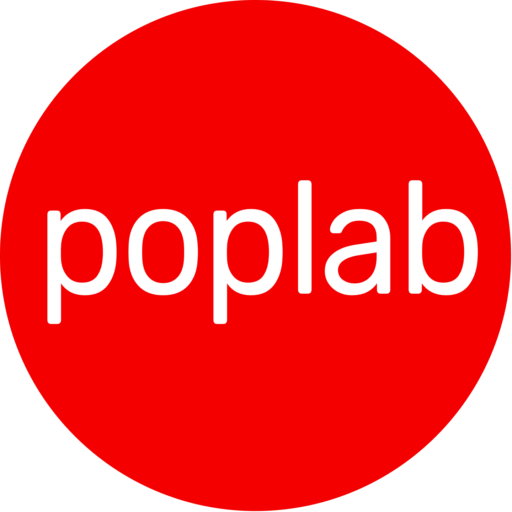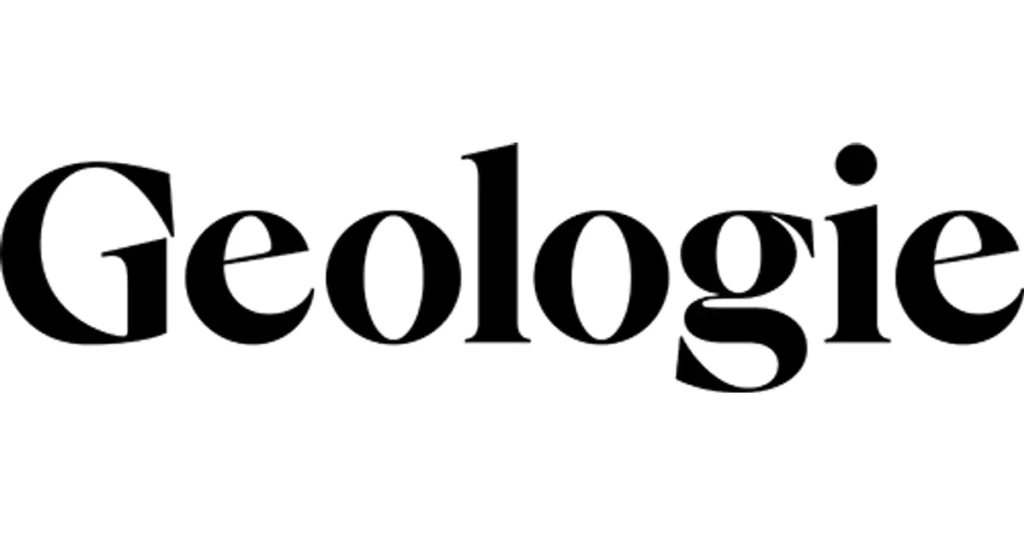Background
Mimecast Limited is a company that specializes in providing cloud-based email management solutions for Microsoft Exchange and Microsoft Office 365. Their services include security, archiving, and continuity features to safeguard business email. Their services are primarily accessed through an enterprise-grade administration console used by business customers to manage their email and web security, cloud archiving, and continuity services.

Additionally, the company provides native and browser-based end-user web apps, mobile apps, and third-party integrations and plugins that are used by employees in their daily business activities.
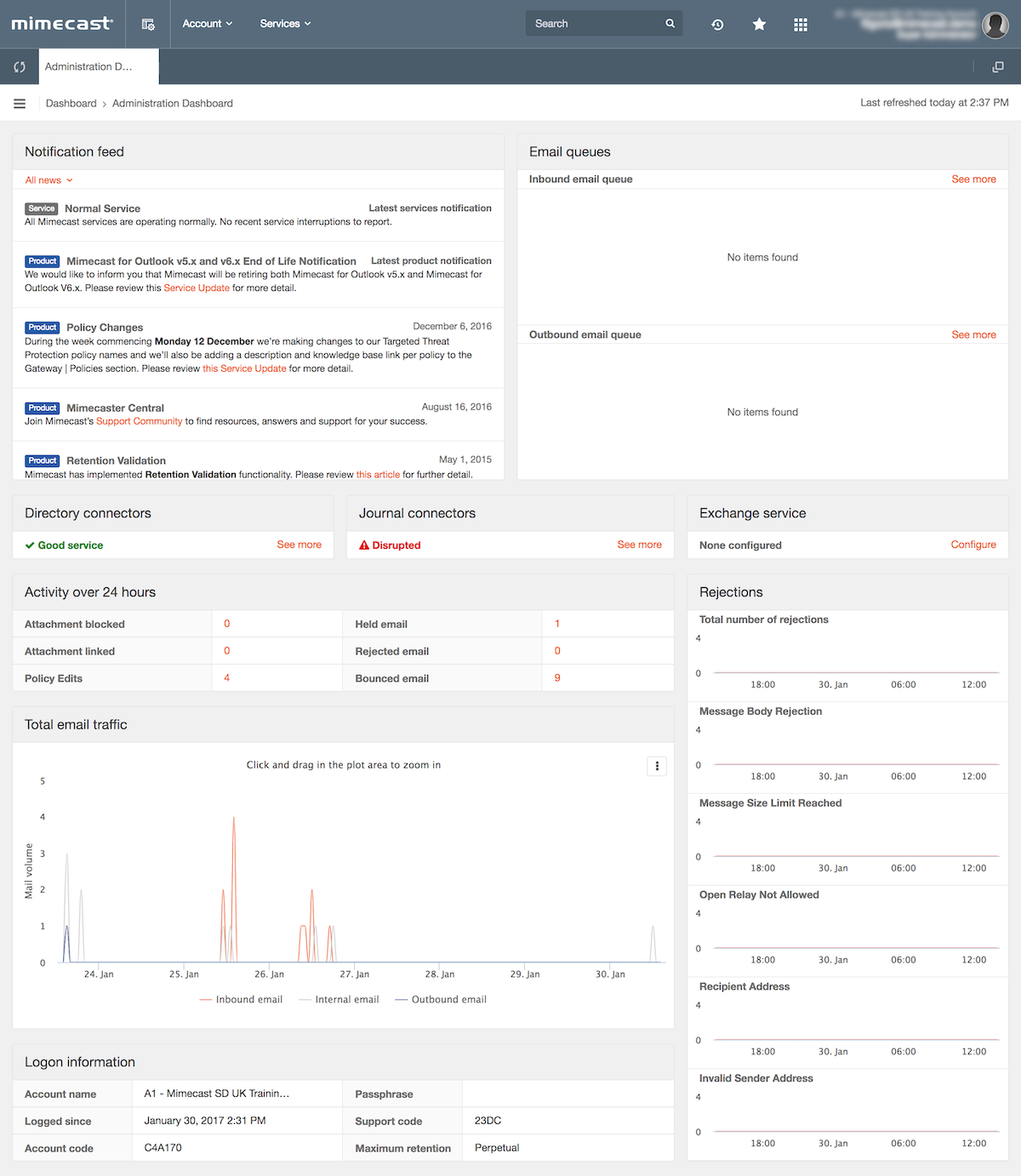
Challenge
The Mimecast Dashboard was a sophisticated enterprise web application that was technologically advanced, but unfortunately, it fell short in terms of user experience. Even simple tasks such as onboarding or feature management required in-depth knowledge of the application’s functionalities, as described in extensive how-to articles and product onboarding videos.
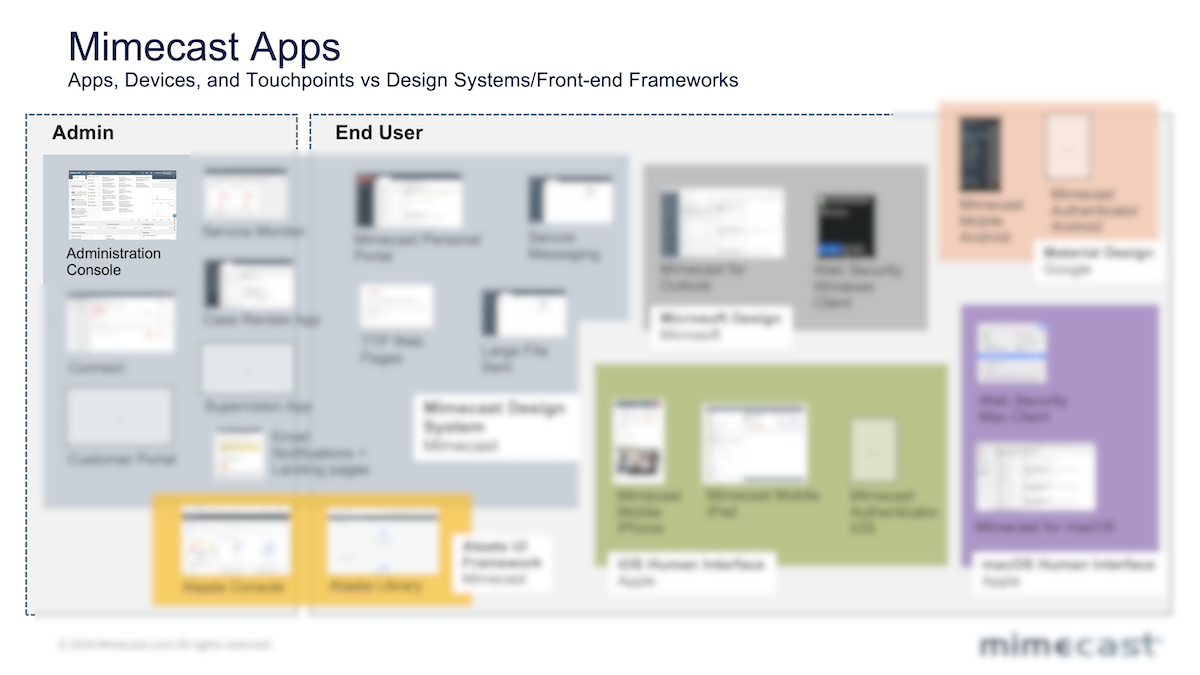
This significant amount of design debt was a direct result of years of engineering-led product development processes where design played only a marginal role, mainly considered as the last step in the product development lifecycle, and reduced to UI-related activities. The fragmentation of the experience and UX inconsistencies made the whole project even more challenging due to the limitations imposed by legacy systems in place. The company was also spending considerable resources to support customers in their day-to-day activities, which added to the overall complexity of the situation.
Process
One of the key milestones in this exciting journey began with the establishment of the internal User Research function within the Design organization. Researchers began analyzing and profiling the Mimecast Dashboard users by examining their behaviors, activities, needs, and environment, and utilizing these observations along with analytical data to identify their struggles and provide potential solutions to the wider team.
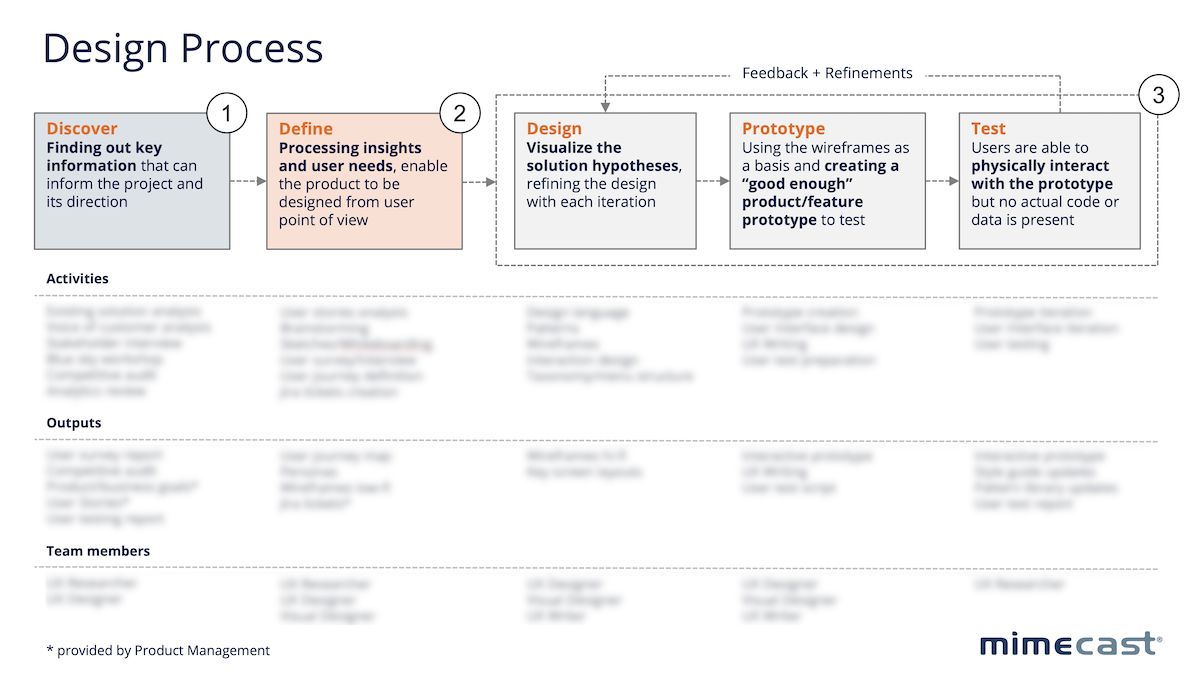
On the other hand, the UX/UI designers initiated a series of activities resulting in the creation of the Mimecast Design System. The redesign process was planned and structured through a series of incremental releases because a complete redesign of all the features wasn’t possible due to legacy code restrictions.
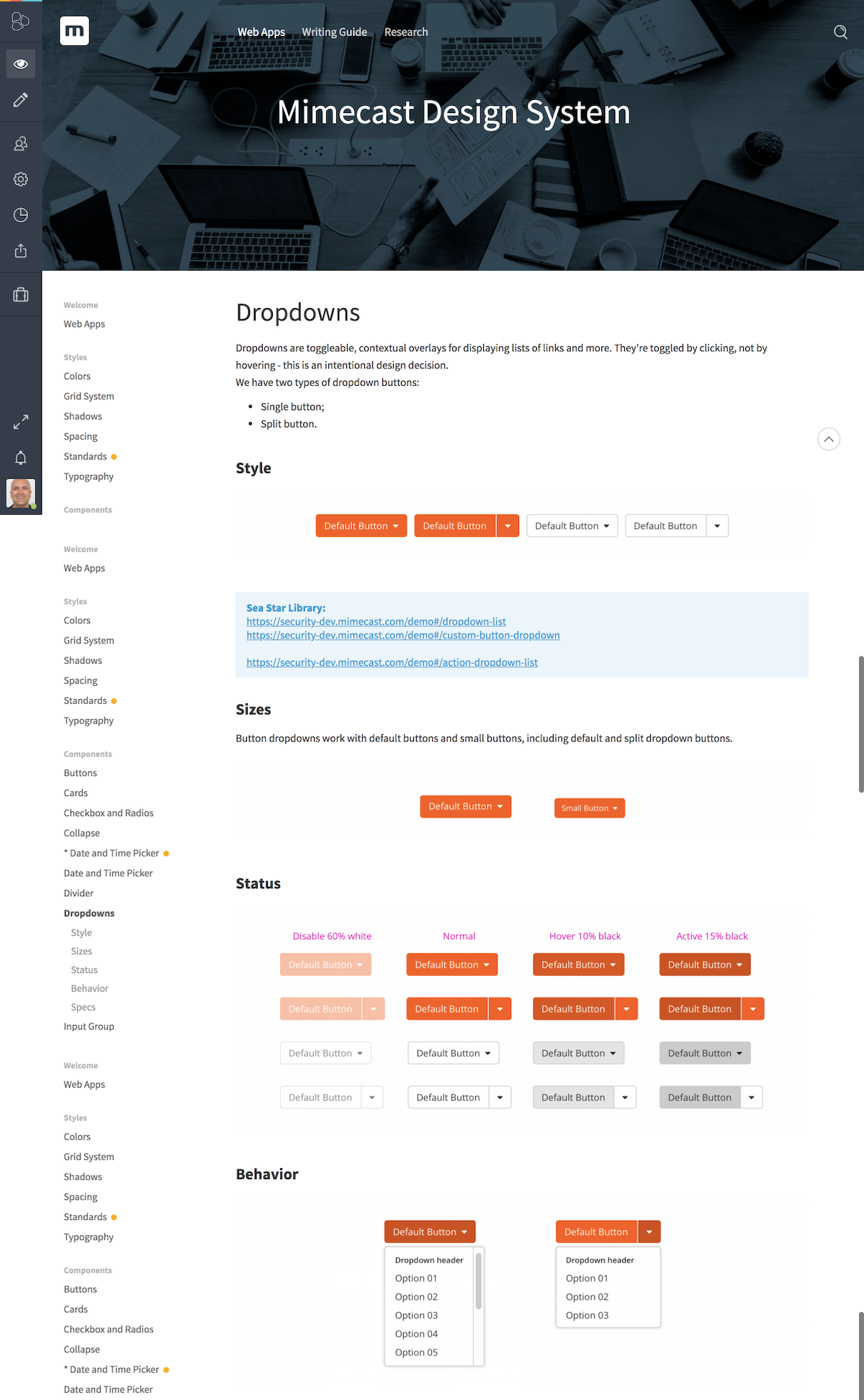
All new features were built with the new design patterns based on the design system in place. The effort of the entire design team spread over several quarters, and finally, the results were visible. A dedicated software platform that helps companies improve their product usage and engagement by providing analytics and feedback tools was introduced to inform both Product and Design teams in their daily activities on the Dashboard.
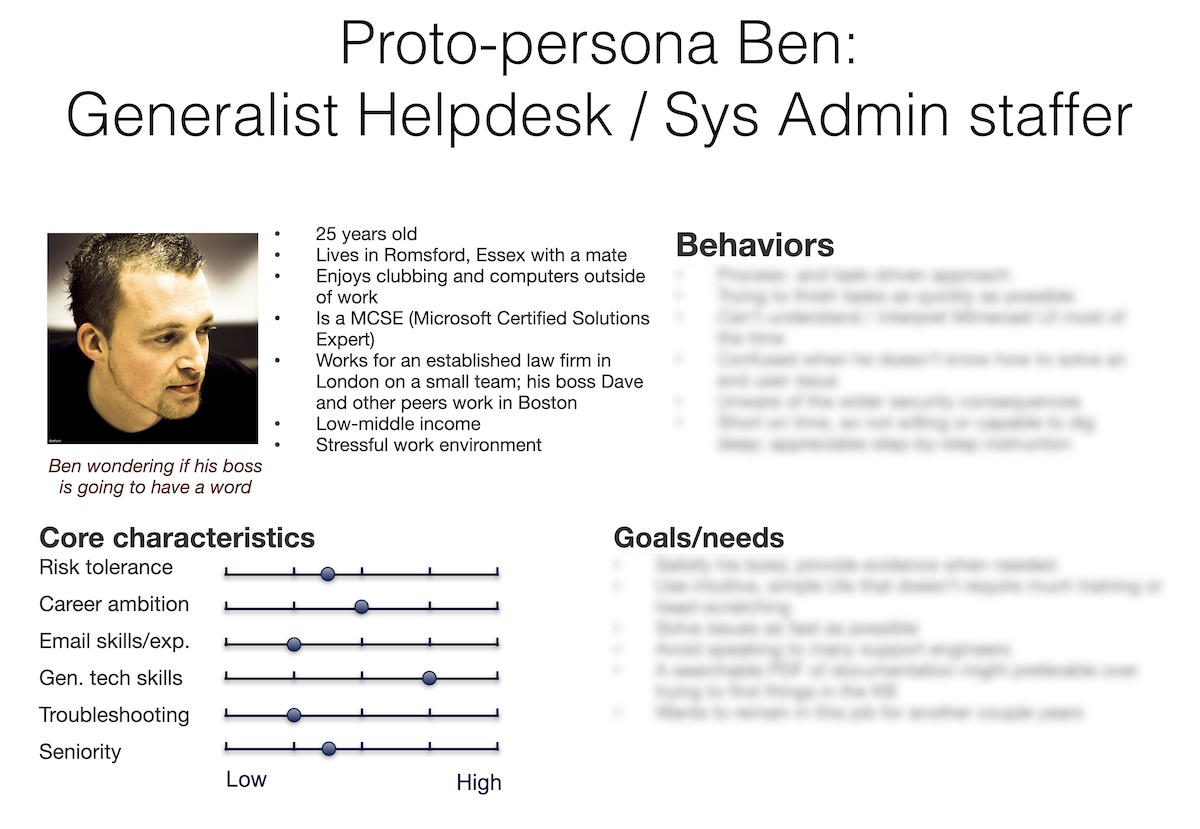
In parallel, a series of prototype testing sessions were conducted with a group of early adopters in various geographies, so the team could adjust their design efforts. Lastly, a significant effort was infused in the UX writing process where the team of dedicated writers improved the messaging and micro-copy in the Dashboard.
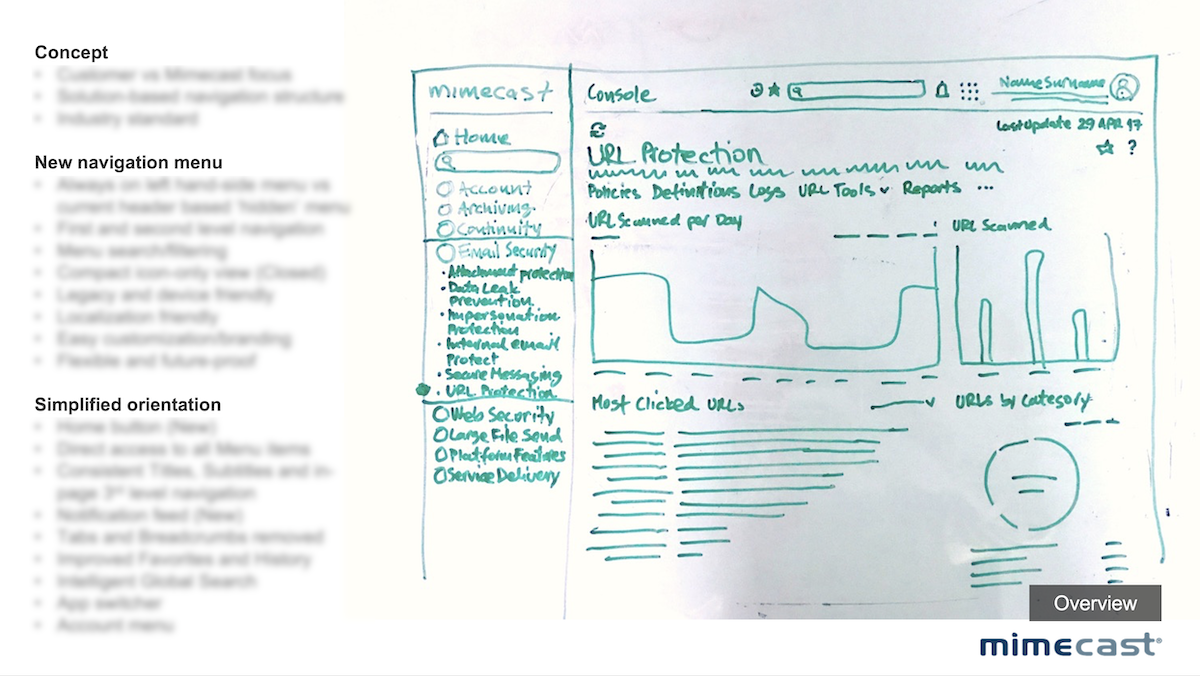
The entire Scrum-based delivery process was managed through a dedicated project management and issue tracking tool shared across Design, Product, and Engineering teams.
Solution
The team discussed with the product and engineering teams to determine which functionalities in the Mimecast Dashboard could be fixed first. They then mapped the entire application from a functionality point of view and identified low-hanging fruits and the most critical features.
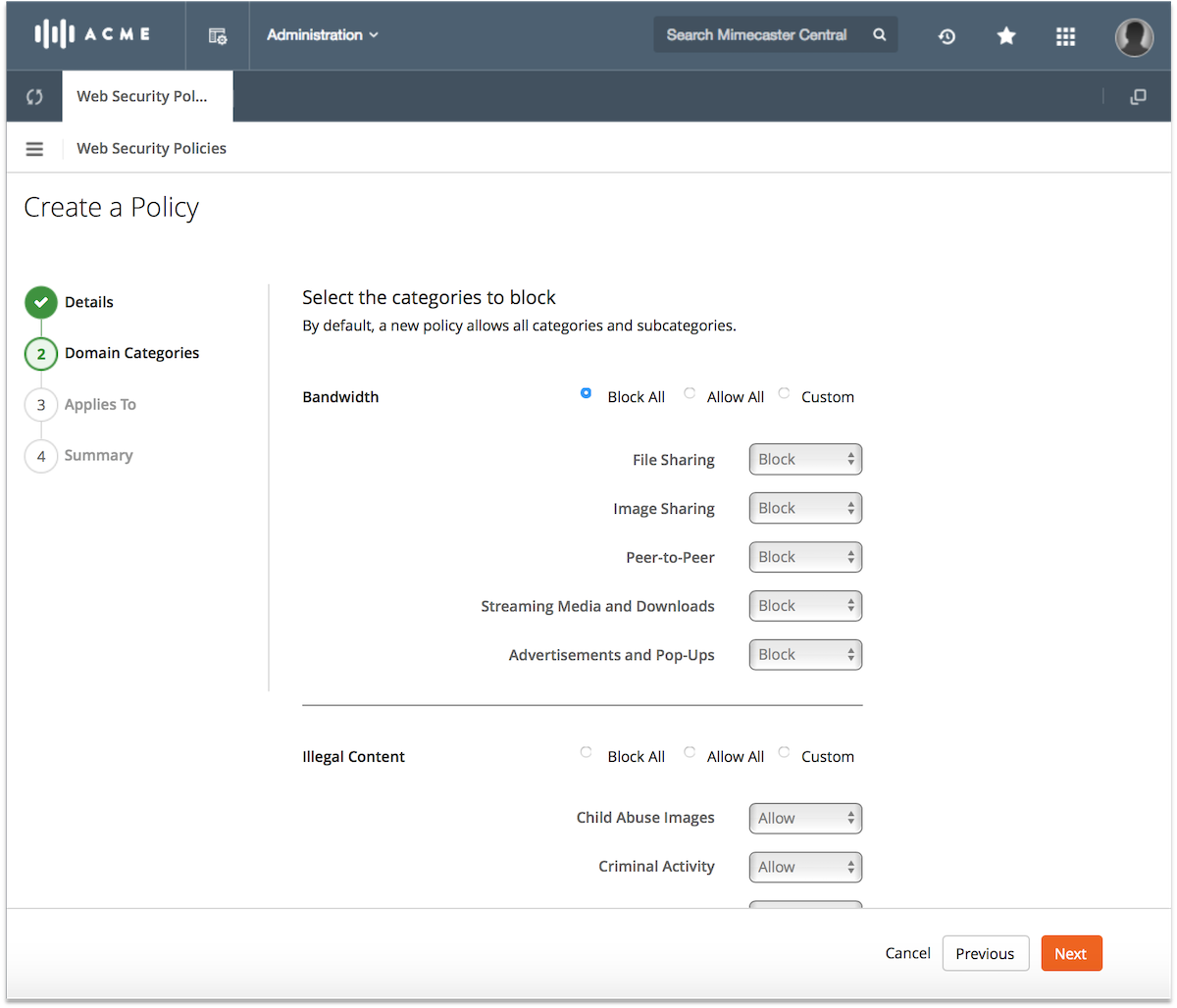
The team started by fixing new functionality to showcase internally what the improved experience would look like, and these efforts were reinforced by the outcomes of the sessions with early adopters testing prototypes built with the new experience.
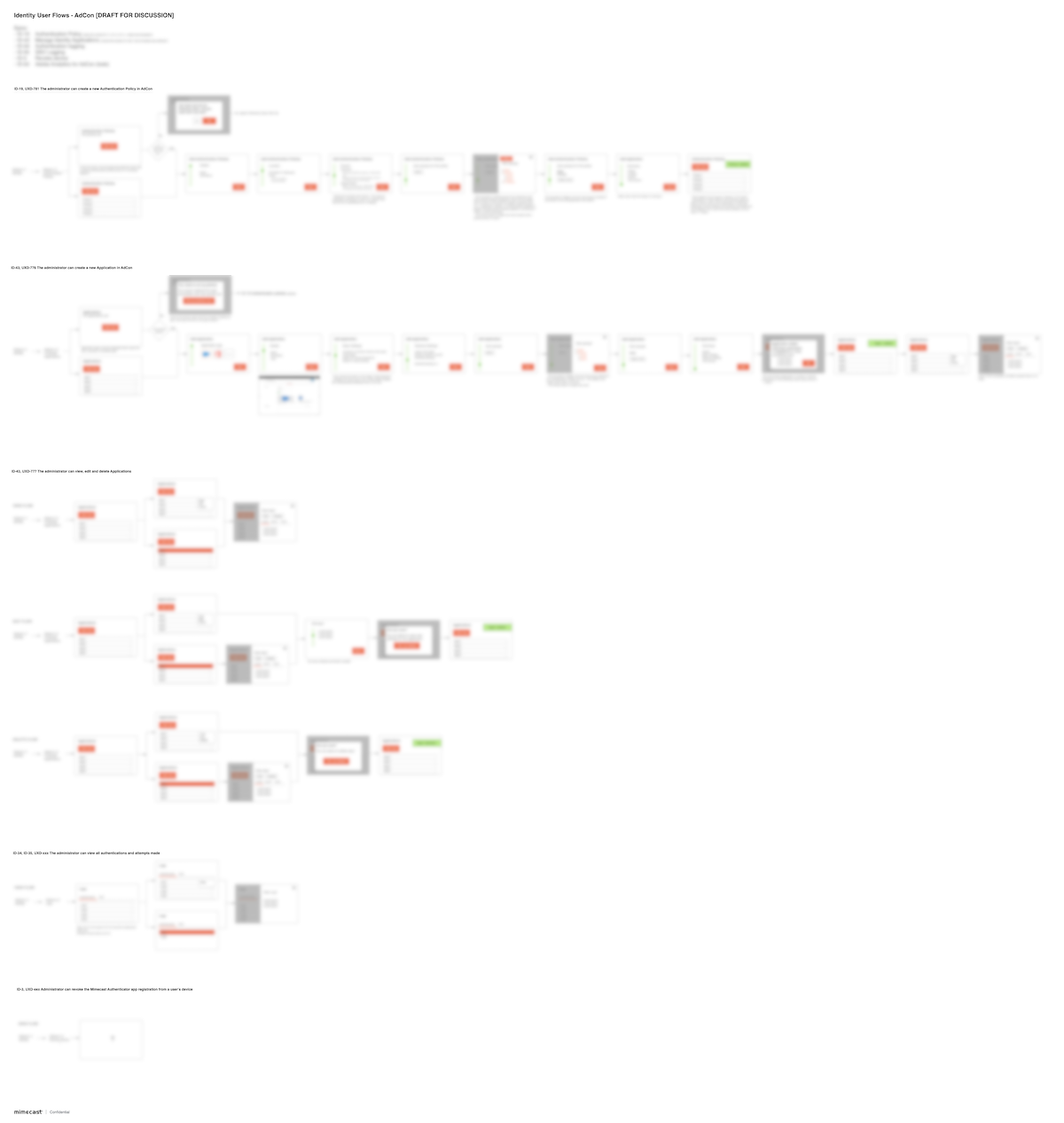
In parallel, the design system started taking shape and every new feature the team built was used to enrich the design system content. The progress of the dashboard experience may have started out slow, but the team’s efforts eventually gained significant momentum as they continued to work on it.
My contribution
As the initiator of the real user experience evolution, I went against internal resistances and challenged established practices and frameworks, especially within the engineering department. I advocated for change at different levels of the organization and led by example, fixing portions of the experience and showcasing the new experience instead of opting for a major redesign from the ground up, which was not feasible in the company’s current business context.
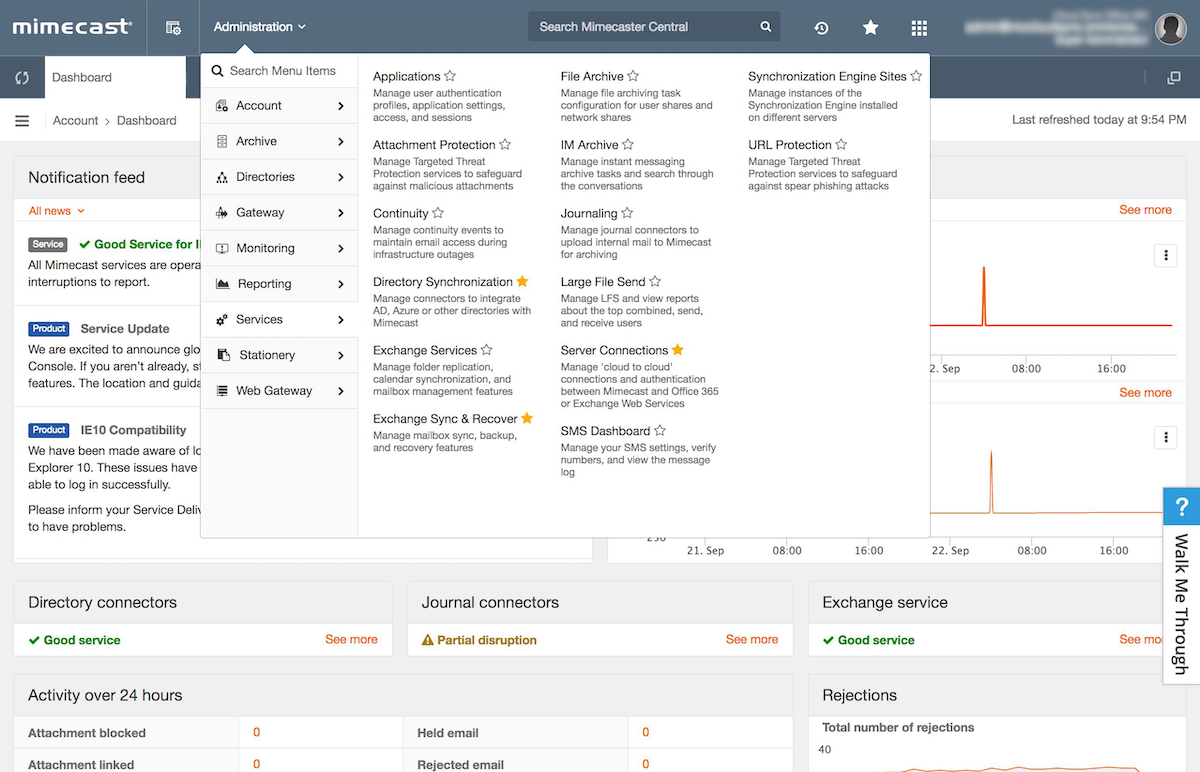
The establishment of the research team was initially perceived as something non-strategic, but over time, the outcome of their work in informing design decisions was highly appreciated by product managers, key stakeholders, and dashboard users.
Outcomes by the Numbers
91%
Task success on critical admin workflows
4 days
Time-to-Value from tenant provisioning to first enforced policy
−38%
Support tickets per 1,000 tenants
−45%
Misconfiguration rate during policy validation
−42%
Average time-on-task across top 10 workflows
+46%
Adoption of new dashboard modules within 90 days
−37%
Average time taken to resolve email security rule threats
+21
NPS points among admin users
Results measured across two quarters post-launch; deltas vs. pre‑redesign baseline.
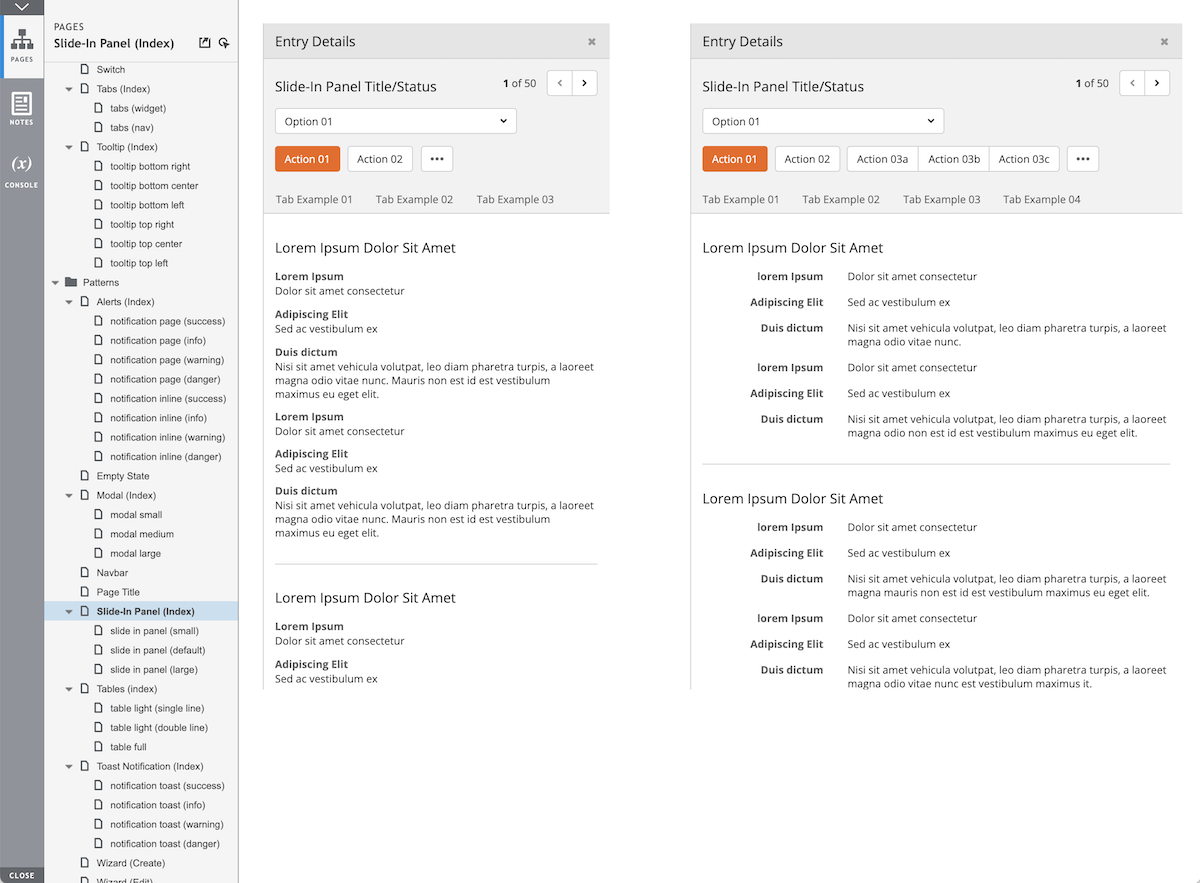
Additionally, I placed a focus on the content function and their contribution in fixing the less-than-ideal language style and structure used in the application. The design function was no longer perceived as just UI and ‘skinning’, but as a strategic player within the team, contributing to the overall customer experience and reducing operating costs by reducing support expenses over time.
Learning
As the User Experience Director at Mimecast, I was able to play a crucial role in the product organization and significantly contribute to the goal of delivering a great product experience in a highly technical environment. I turned challenges into opportunities by gradually showcasing the impact of good design on the daily operations of our customers through the use of the Mimecast Dashboard.
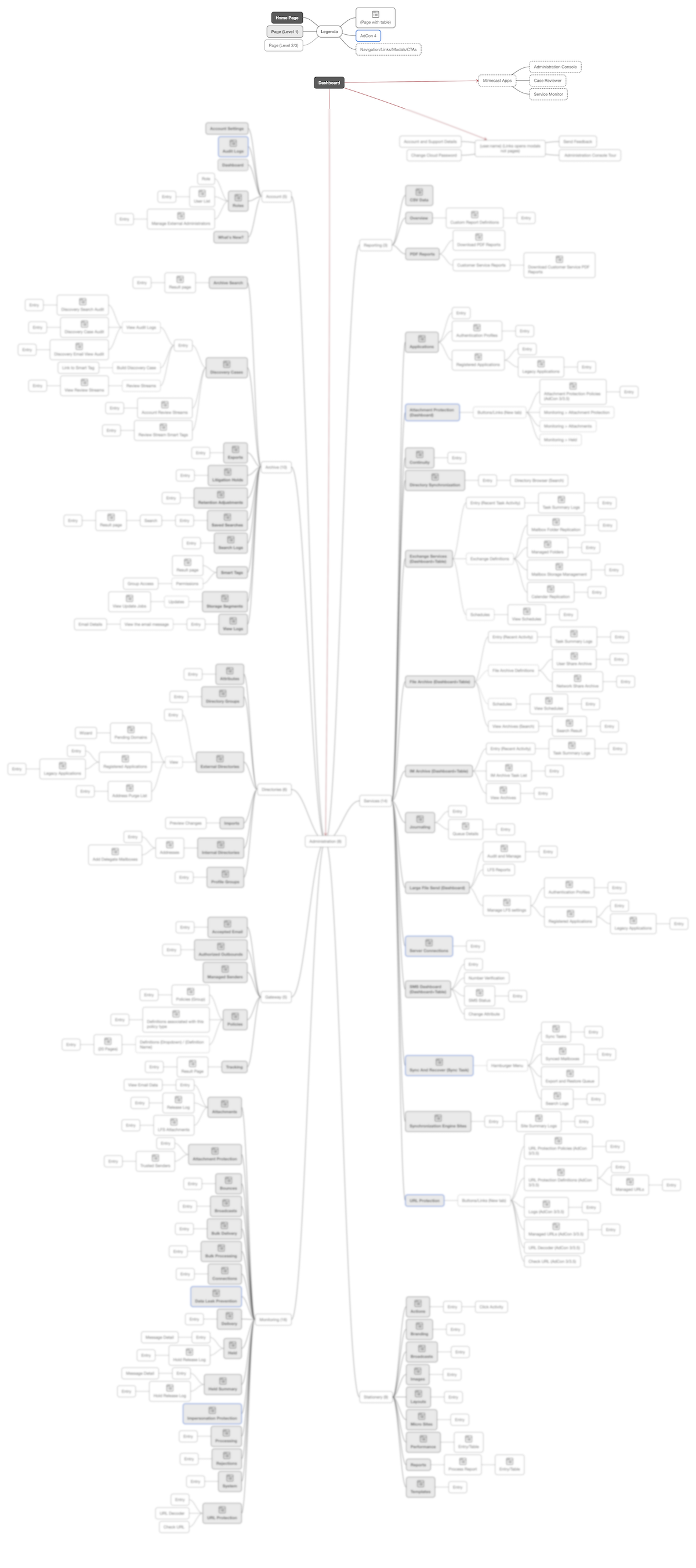
One of the biggest lessons I learned was that change must be achieved at all levels and across all functions involved in crafting the customer experience. The alliances I carefully built over time between the Design team and other groups were also crucial, as sometimes resistance to change and roadblocks could not be overcome without diplomacy and good will.
